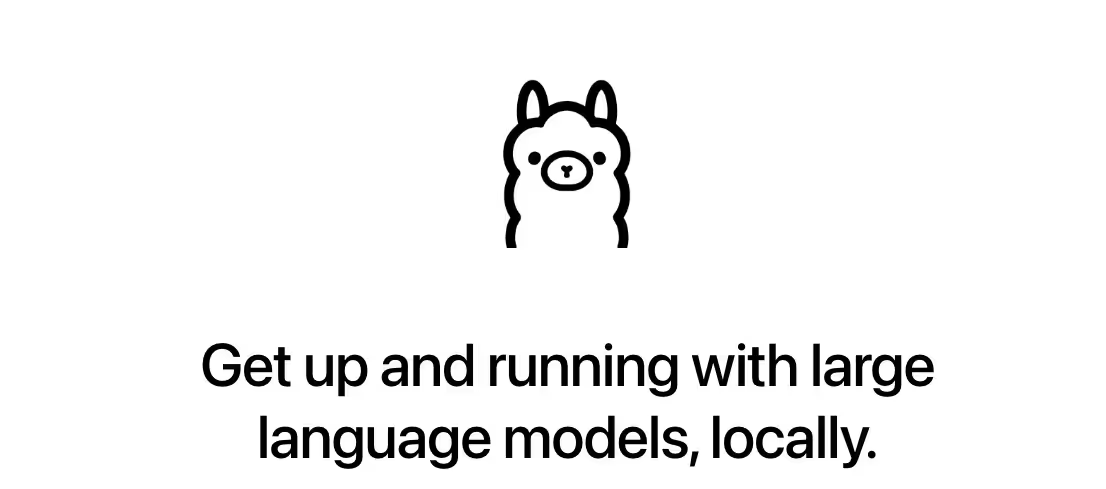While Other Rural States Decrease Higher Ed Funding, One State Bucks The Trend
Across rural America, many states are reducing funding for higher education. However, Montana is taking a different path. They are investing more in their local colleges and universities to help students reach their educational goals.
Over the last decade, Montana has been increasing its investment in higher education by significantly flagging other rural states. According to the Center on Budget and Policy Priorities, in adjusting for inflation, funding in this state for higher education increased by 27% between 2008 and 2017. Remarkably, this is at a time when other comparable states are cutting back.
Why is Montana giving more focus to higher ed? Well, they hope to increase the number of students who go on to higher education. Currently, only about 45% of high school students continue on to college or university within six years of graduating. Montana wants to up this percentage, ideally raising it to 60% by 2025.
The Montana University System has been proactive, employing strategies that will attract more students to state schools. These include offering prospective students chances at internships, participation in research, and study abroad programs.
This approach seems to be working. Enrollment in Montana's colleges and universities has grown. Additionally, students are getting better grades and graduating at higher rates. More students are staying in the state after graduation, contributing to the local economy.
Montana is also attempting to keep tuition costs low. They froze tuition between 2008 and 2012, and between 2015 and 2019. They're now working to lock tuition rates once again. When comparing tuition for in-state students online or at a community college, Montana ranks as the third-lowest in the country.
There is, however, a financing issue that Montana is grappling with. The state taxes make up a large percentage of the funding for colleges and universities. But, the sum of total state taxes hasn't increased in real dollar value for over a decade. This has forced Montana to find other methods for funding. One way is by promoting business partnerships and securing private donations.
In conclusion, lawmakers and the Montana University System's leaders are driving forward the commitment towards higher education. They are not only funding college and university education but are also implementing creative strategies to ensure their success. This investment in students pays off, as it not only benefits students but also the state as a whole.
Montana is setting an example. While numerous rural states are reducing higher education funding, Montana is soaring ahead. The state’s investments have students and future workforce positively impacted. Ultimately, this approach could be something other states might want to consider if they aim to champion in terms of higher education.











.svg)



